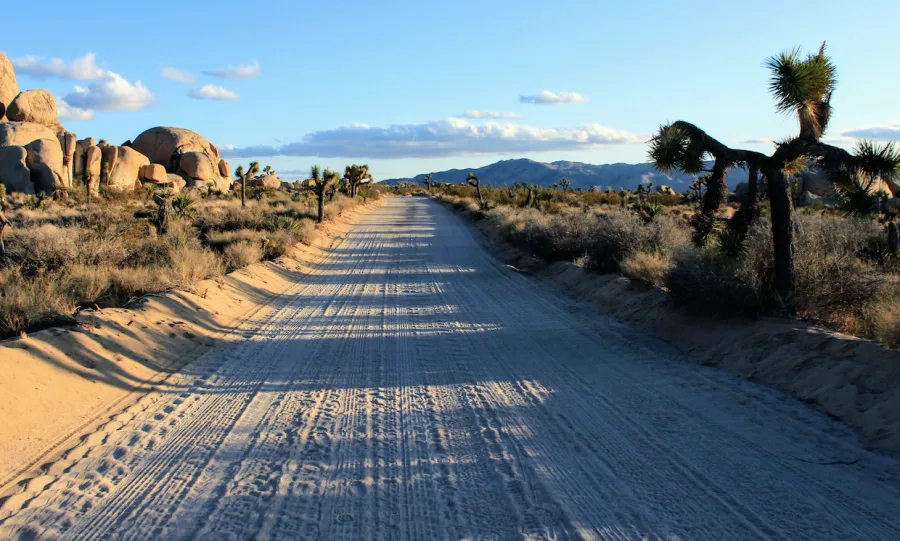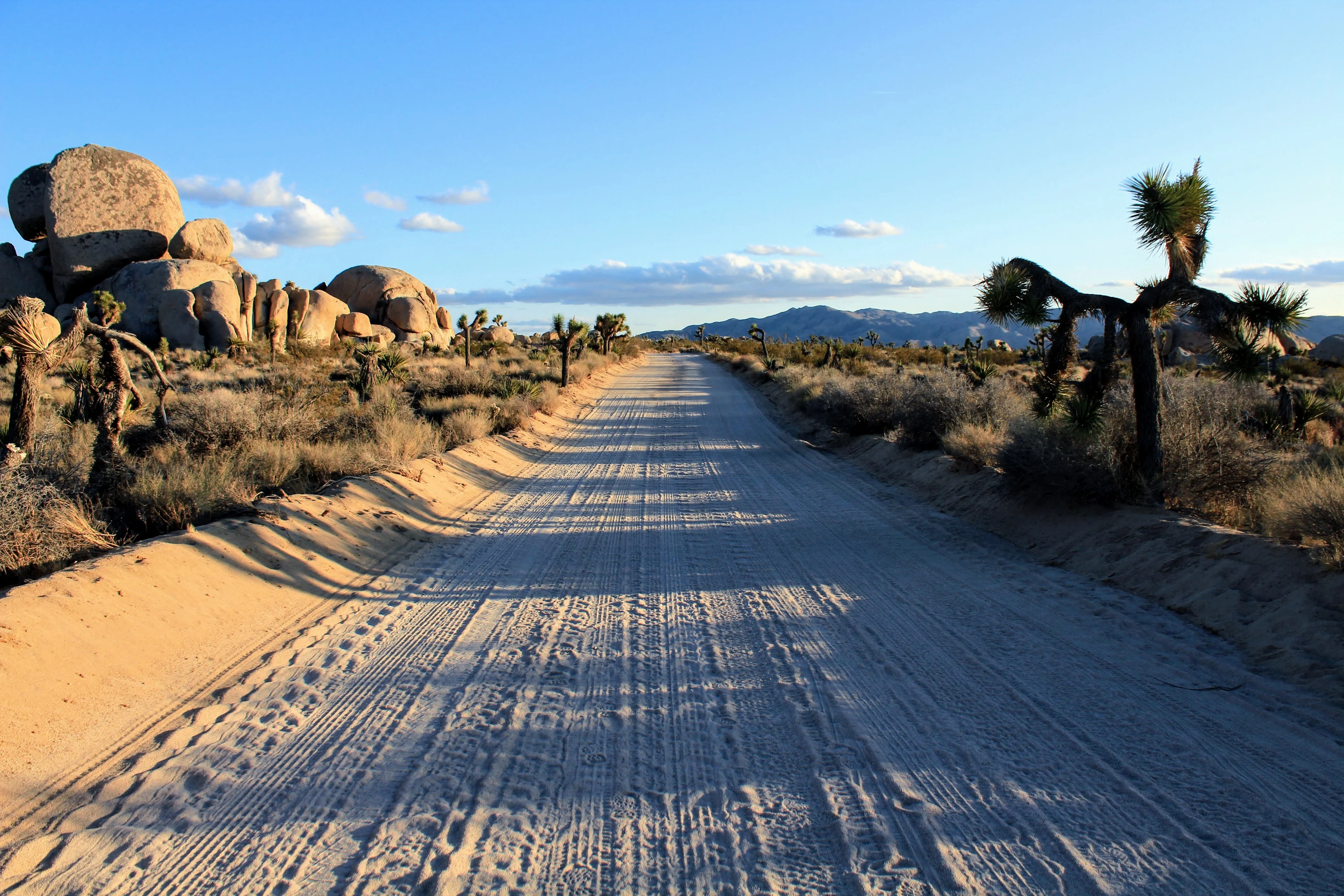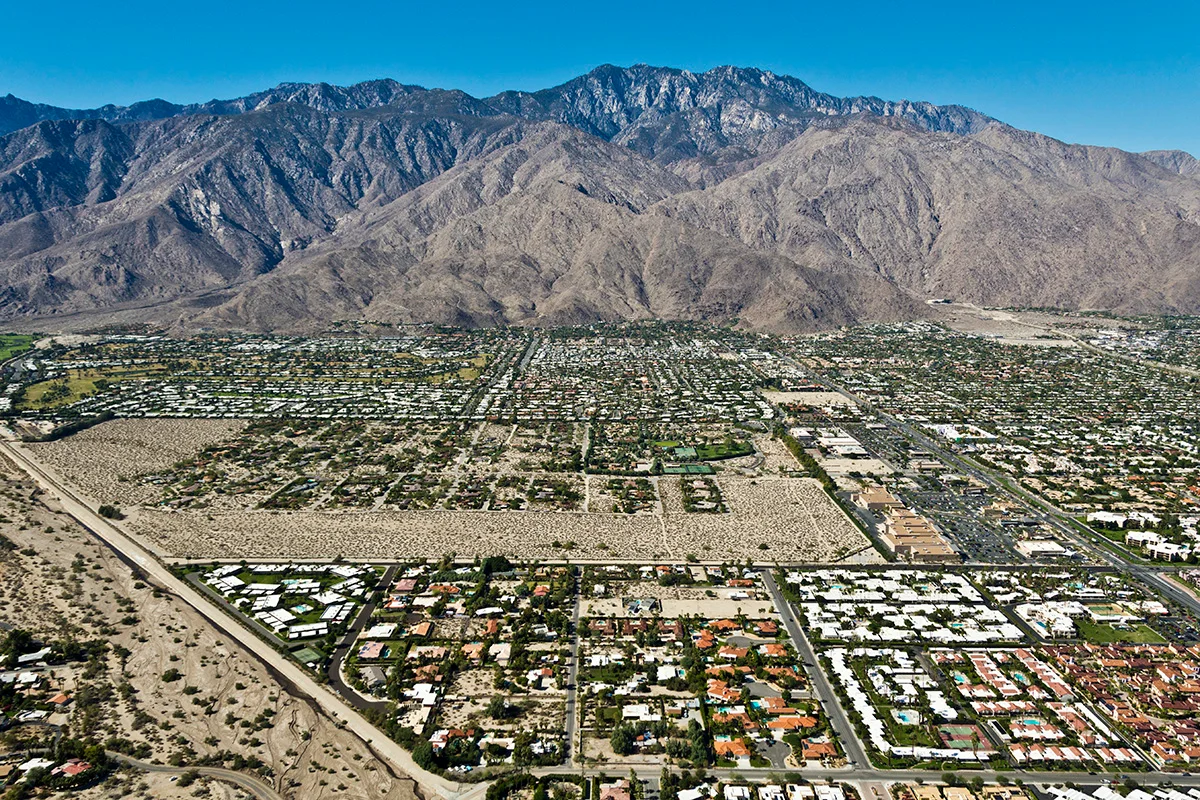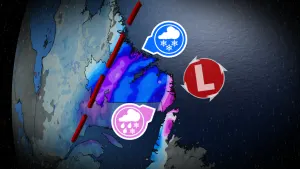
While already scorchers, world deserts could get even hotter
Snowbirds may have to look for new vacation homes and rentals in the near future
The world is becoming a warmer place, and according to research conducted by a group of scientists from the University of California in Riverside and Los Angeles, already scorching hot deserts are expected to get much hotter in the near future. The results published in the Climate Change Report for California shows how by mid-century, average daily temperatures in the deserts of Southern California could soar well above current values, and that would most likely be the norm across many other deserts around the world.
Average daily high temperatures have already increased between 8 and 9°C this century, and if greenhouse gas concentrations continue to rise at the current rate, the impact on California, and other desert regions of the world in a similar situation could spell trouble.

Image: Joshua Tree, California (Source: Mario Picazo)
SEE ALSO: Severe weather events are a new Canadian normal
Higher temperatures, less reliable water resources and more damaging wildfires, are some of the main threats residents would have to face. In addition to that, researchers also point towards lower tourism affluence into the region as the heat becomes unbearable.
The Sonoran and Mojave deserts cover all of Imperial County and most of Riverside and San Bernardino counties. From 1961 through 1990, the average daily high was 27°C across the region as a whole. The most likely temperature outcomes predicted by climate models would raise the average high in the region to around 35°C, about 8°C above current values.

Graph illustrates increasing temperatures across western U.S. (Source: UCLA)
The inland deserts of the state received an average 12 mm of rain during the middle of the 20th century, and current climate models don't anticipate that value will change much over the rest of this century.
Changes, however, will be seen in the regularity of the precipitation, with more frequent swings between wetter and drier years. This, according to researchers, will translate into an increase of flash flooding events and the growth of more invasive grasses that serve as fuel for wildfires.

Graph illustrates future temperature scenarios across the deserts of California (Source: UCLA)
The warming will also exacerbate stresses to the already limited water supply which allows agriculture to survive in the region's valleys, the Imperial, Coachella and Palo Verde.
Today, several areas in these valleys are already at the limit of high temperatures, and climate change will bring additional heat stress to field crops, livestock, and even to the health of farm workers.
California deserts are a biodiversity hot spot, and home to iconic species like desert tortoises, Joshua Trees and Mojave fringe-toed lizards. Thirty-seven percent of the state's plant species are in these deserts. Researchers say that a warmer and occasionally drier climate will clearly stress many animal and plant species in the region with some of them likely disappearing during the second half the century.

Image: Palm Springs -- a common tourist destination in the region -- could be impacted by the increasing heat. (Source: Wikipedia/Creative Commons)
The unbearable heat may also impact tourism across Southern California and surrounding regions -- such as Las Vegas, Death Valley, Joshua Tree, and the world-famous Coachella Music Festival. Even Snowbirds that spend months in different areas of the region looking for comfortable temperatures may have to start searching for other destinations where the heat is not such an issue in the middle of winter.











